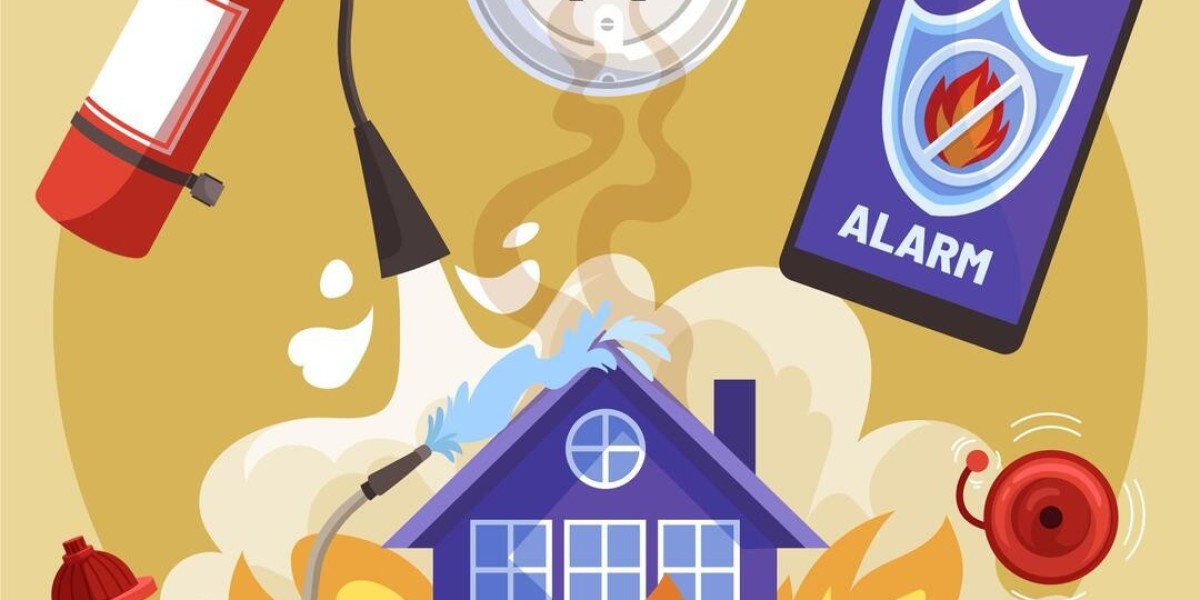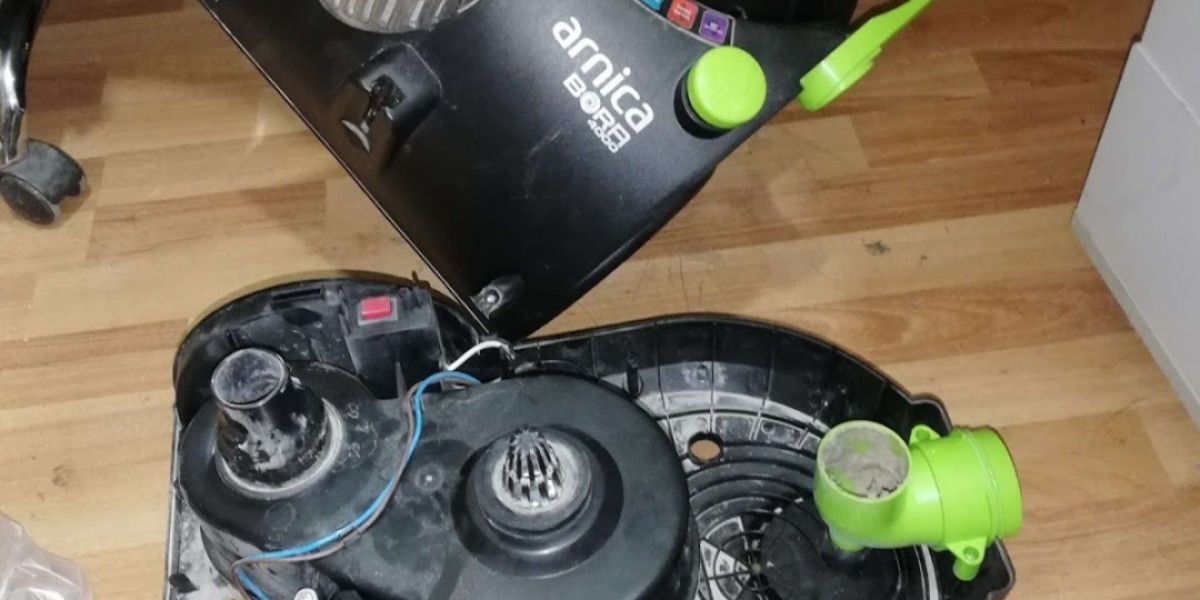A fire alarm is more than just a beep—it’s your first line of defense in a fire. Many homeowners think installation is simple, but small mistakes can reduce its effectiveness. A poorly installed alarm may not detect smoke or alert your family in time.
At Gray Electric & Plumbing in Grande Prairie, we often see issues that could have been avoided with proper care. Fire alarms need thoughtful placement, regular testing, and the right type for your home. Even the best devices fail if they’re installed incorrectly.
In this post, we’ll cover five common fire alarm installation errors. You’ll get practical tips, real examples, and simple steps to ensure your home stays safe.
1.Placing Alarms Too Close to Kitchens or Bathrooms
False alarms are more than annoying—they can put your safety at risk. Installing alarms too close to kitchens or bathrooms often triggers unnecessary alerts.
Tips to prevent false alarms:
Keep alarms at least 10 feet away from stoves or ovens.
Avoid bathrooms where steam can trigger the alarm.
Consider alarms with a temporary “hush” button near tricky spots.
Real-life example:
A homeowner installed an alarm right above the stove. It went off every time they cooked. Moving it down the hall solved the problem.
Quick tip: False alarms are a warning sign. Don’t ignore them. Move or upgrade the alarm to keep your family safe.
2. Installing at the Wrong Height or Place
Where you put a fire alarm matters as much as having one. Smoke rises, so ceiling or high-wall placement is essential. Incorrect positioning delays detection, which can be dangerous.
Step-by-step guide to proper placement:
Ceiling-mounted alarms: Place in the center of the room, at least 4 inches from walls.
Wall-mounted alarms: Install 4–12 inches below the ceiling, not in corners or low spots.
Multiple floors: Install alarms on every level, including hallways outside bedrooms.
Common mistake: Some families put only one alarm on the ground floor. At night, a fire in an upstairs bedroom might go undetected.
Real-world tip: Gray Electric & Plumbing recommends testing alarms after installation. Light a small smoke source safely to see if it triggers the alarm. Proper placement can give you crucial extra minutes in an emergency.
Extra advice: Consider your home’s layout. Staircases, hallways, and large living areas may need extra alarms. Step back and imagine smoke spreading—it helps decide the best spots.
Correct height and placement make your fire alarm far more reliable. Skipping this step is risky and avoidable.
3. Forgetting Regular Maintenance
When was the last time you tested your fire alarm? Many people install alarms and forget them. Dust, dead batteries, or worn sensors can make alarms fail.
Maintenance checklist:
Test alarms monthly using the “test” button.
Replace batteries yearly, or sooner if the alarm signals low power.
Clean alarms every six months using a soft brush or vacuum.
Story: A family hadn’t checked their alarms for two years. During a small kitchen fire, the alarm didn’t go off. Fortunately, they were present, but a working alarm could have reduced damage.
Pro tip: Treat maintenance like a routine chore. It only takes a few minutes but keeps your home safe.
4. Choosing the Wrong Alarm Type
Not all fire alarms detect the same hazards. Picking the wrong type can reduce safety.
Quick guide:
Ionization alarms: Detect fast-flaming fires like paper or curtains.
Photoelectric alarms: Detect slow-smoldering fires like electrical fires or furniture.
Combination alarms: Cover both types, offering the most protection.
Example: One home had only ionization alarms. A smoldering couch fire went undetected for a few minutes. Switching to combination alarms solved the issue.
Tip: Look at your home’s fire risks. Kitchens, living rooms, and bedrooms may need different alarms. Combination alarms often simplify coverage.
5. Skipping Professional Advice
DIY installations seem easy, but mistakes happen. Professional advice ensures your alarms work correctly and comply with safety standards.
Benefits of hiring experts:
Correct placement for every room and floor.
Expert testing and troubleshooting.
Certified alarms for reliable performance.
Example: Gray Electric & Plumbing installed alarms in a multi-story home. They recommended extra alarms near staircases, tested every device, and ensured all alarms worked perfectly. The family gained peace of mind.
Remember: Professionals help prevent mistakes and provide safety guidance that lasts.
FAQs About Fire Alarm Installation
Q: Why is fire alarm installation important?
A: Proper fire alarm installation saves lives by alerting families quickly to smoke or fire.
Q: How often should I test my fire alarm?
A: Test alarms at least once a month to ensure proper functioning.
Q: Can I install a fire alarm near the kitchen?
A: Keep alarms at least 10 feet away from kitchens to reduce false alarms.
Q: Which type of fire alarm is best?
A: Combination alarms detect both fast-flaming and slow-smoldering fires.
Q: Should I hire a professional for installation?
A: Yes. Experts like Gray Electric & Plumbing ensure alarms work correctly and safely.
Conclusion
Fire alarm installation is simple, but mistakes can be costly. Avoid placing alarms near kitchens, check height and placement, maintain devices, pick the right type, and consider professional help.
A well-installed fire alarm gives your family early warning and peace of mind. Gray Electric & Plumbing in Grande Prairie provides expert fire alarm installation and maintenance to keep your home safe.







